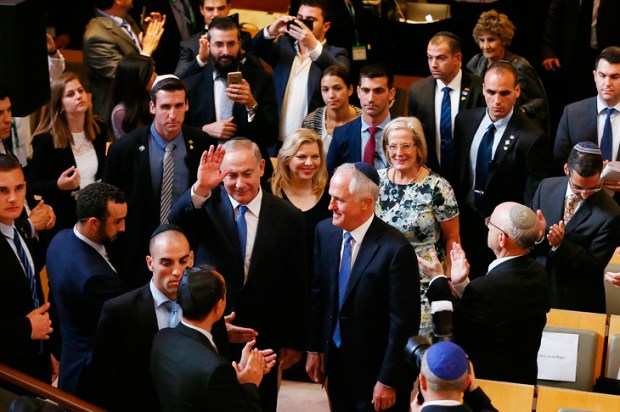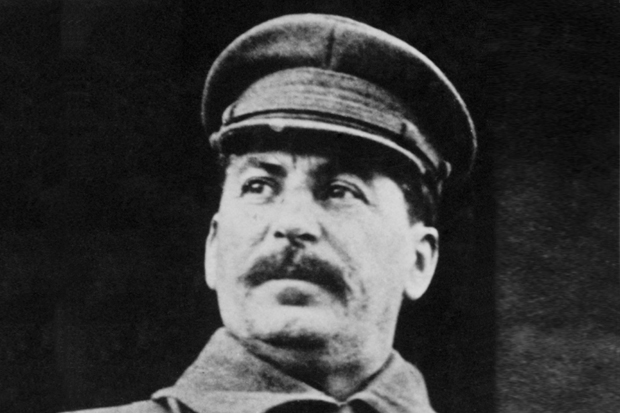What do we leave behind us when we die, asked the Prime Minister? Our deeds are quickly forgotten. Our goods soon decay. Our children, our finest products, soon become their own people. It’s our words that endure, Tony Abbott said, especially our printed words. He was speaking in Parliament House at his launching of A Better Class of Sunset, a collection of the writings – the words – of the late Christopher Pearson, the conservative essayist and columnist who died in June last year. At a post-launching dinner of Pearson’s old friends (including widely respected Labor leaders such as Jack Snelling of Adelaide and Neil Batt of Hobart) and presided over by a splendid portrait of Pearson by Bill Leak, the Prime Minister said grace and called on each of us in turn to say a few words. In my turn I recalled that it was Auberon Waugh in the 1990’s, in Adelaide to promote South Australian wines, who introduced me to Pearson, ‘our brother’, as he put it. (We were all editors.) Christopher decided to try me out as a columnist in his Adelaide Review. The high point of our literary association was in 1996 when I persuaded him, despite some tensions, to contribute his brilliant memoir on ‘The Ambiguous Business of Coming Out’ for a book I was editing – Double Take. Six Incorrect Essays. (It is republished as the opening essay in A Better Class of Sunset.) We had a short falling-out later over the Howard-Costello issue but in due course were able to heal the scars. More recently, Nick Cater invited me to a party at his home where Pearson was a guest. To my chagrin I was unable to make it. Soon afterwards Christopher died. To the day I die I will regret having let slip this last chance to meet my old friend. A Better Class of Sunset (Connor Court) is a big collection – 440 pages – edited by Nick Cater and Helen Baxendale helped by Murray Cranston and underwritten by Peter von Fritz. It brings an independent voice to Australian politics over the past twenty years, including a characteristic criticism of R.G. Menzies for his degradation, as Pearson sees it, of Australian universities (‘more means worse.’) Pearson also voted reluctantly for Paul Keating in1993 because he just could not stomach John Hewson’s Nuremberg rally style of electioneering. He also reflects on religion and culture, poetry and opera, food and wine, suffering and guilt, and life and death. It is a fitting monument to the writer whom the Prime Minister declared ‘one of our best minds and strongest advocates …and a very good friend indeed.’
A sort of apparition of the artist Garry Shead some 30 years ago sticks in my memory. I knew him first in the mid-1960’s when he did occasional cartoons for me at the Bulletin. They were gems. They were also subversive. I think he was testing me out. (One of them adorns my home.) We lost touch in the 1970’s as his reputation burgeoned and I skidded down into the swamps of politics. But some time in the early 1980’s I bumped into him outside a book shop near Taylor Square in Sydney. He was hawking dodgers for an exhibition of his paintings. I asked him what label, if any, he used to sum up his style. He answered promptly: ‘The New Romanticism.’ He had no need to hawk dodgers for his current exhibition at the Australian Galleries: ‘The Antipodean Divine Comedy. A Visual Translation of Dante’s Masterpiece’. At the opening night the crowd jostled each other out into the street. Declaring it officially open Sasha Grishin, art historian, critic and curator, said it is an historic event of which you will be able to say in years to come: ‘I was there!’ Shead has been a student of Dante for over thirty years and Clive James’ recent translation awakened his old fascination with The Divine Comedy. The twenty-two paintings are not ‘illustrations’ but Shead’s visual reflections on Dante’s poetic journey through hell and purgatory to paradise. As Grishin reads them, they celebrate the purity of love which survives death. He quoted John Olsen that the future of Australian figurative painting rests on the shoulders of Garry Shead. The coup de maitre in the exhibition is ‘Dante and Virgil crossing the River Styx’, that is, crossing Sydney Harbour towards Luna Park and a Harbour Bridge engulfed in flames. Its price is $375,000. Some distance from hawking dodgers in Taylor Square.
Almost everyone who gives high priority to freedom of speech is disappointed at the Prime Minister’s ‘leadership call’ to defer the reform of 18C of the Racial Discrimination Act. The proposed reform would have deleted that section of the Act that made it unlawful to use racial language which some may find hurtful or offensive. Australians are in a bind. We want to assimilate hundreds of thousands of Muslims and other minorities into Australian democracy but we also want to maintain our birthright of free speech. The case for deferral of reform is that at a time when popular rage with the so-called Islamic State, its beheadings and other atrocities, as well as the emergence of incipient anti-Semitism over the Gaza war, this is not the moment to lift any restrictions, however mild, on free speech. The issue came up the other day at the National Press Club when a reporter asked the Attorney-General Senator Brandis how he would vote on the private member’s bill now before the Senate which would enact the very reform of 18C which he has long championed but which the Prime Minister has now vetoed. He replied bluntly that he accepted the Prime Minister’s ‘leadership call’ and would vote against the private member’s bill. He has not abandoned his in-principle opposition to 18C but accepts the PM’s judgment on timing. The question remains: Will the timing for allowing more freedom of speech ever be right?
Got something to add? Join the discussion and comment below.
Get 10 issues for just $10
Subscribe to The Spectator Australia today for the next 10 magazine issues, plus full online access, for just $10.













Comments
Don't miss out
Join the conversation with other Spectator Australia readers. Subscribe to leave a comment.
SUBSCRIBEAlready a subscriber? Log in